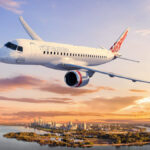
QANTAS: If you can’t meet the luggage transfer deadline – change the deadline!
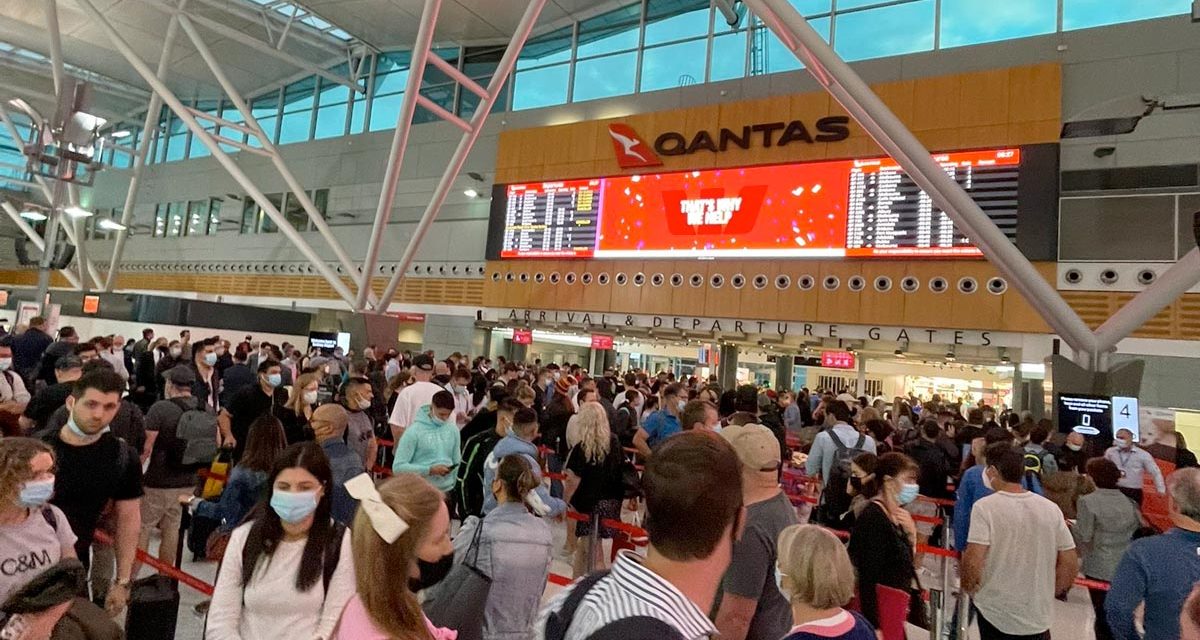
Starting on 21 August, Qantas will redefine the minimum time between a domestic connection and an international flight from 60 minutes (which it used to be) to 90 minutes. That’s up by 50%. This longer turn around time will help the airline transfer bags and passengers while it is dramatically understaffed.
It’s like changing the definition of ‘on time’ performance from within 10 minutes, to within 15 minutes. Suddenly, you reduce how many flights are categorized as ‘late’.
If you shoot the messenger, then you never got the message!
The reason? So Qantas can deal with its currently appalling record of lost and delayed transfer of luggage and on-time performance.
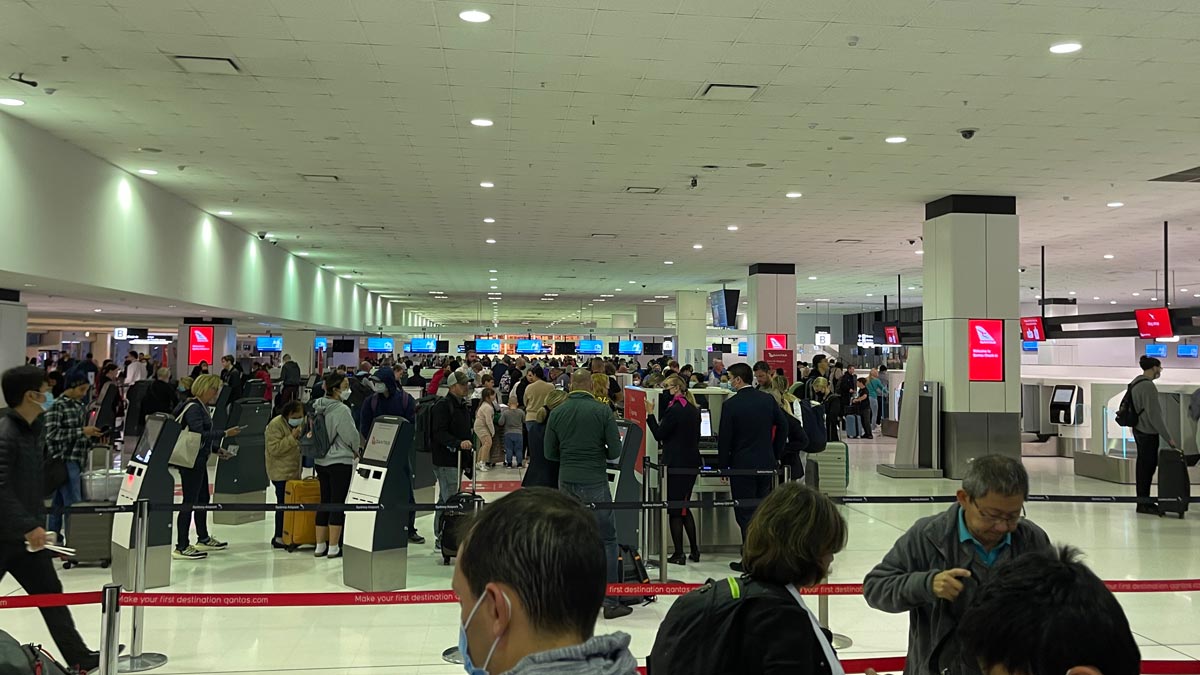
Content of this Post:
Existing Bookings
If you have a current booking and your transfer time is one hour or less from domestic to international or visa versa, then expect Qantas to contact you and move one of your flights earlier to meet the new minimum 90 minutes connection time. Given the low frequency of domestic flights to some destinations at the moment – this could mean you will need to start your journey a 3 or 4 hours early.
Personally, I hate that kind of change! When I book flights, they are chosen so they are convenient to me – not the airline and baggage handlers..
Who’s to blame?
Difficult to unmake the sausage in industrial relations and corporate shenanigans. Qantas sacked a 1,000 odd groundstaff including baggage handlers during the pandemic, and contracted the service to third parties, the likes of Dnata and Swissport. Besides that, the industrial courts have held that the sackings were illegal (which Qantas continues to appeal). Problem is, in this current low unemployment environment, many of the ex Qantas handlers said something akin to ‘bugger if I’m going to work for less pay and worse conditions with a private contractor. I might as well find a new job in a different industry with more family friendly hours, less back breaking work, and for more pay!’ And they did.
The private contractors are having a devil of a time recruiting staff, despite offering onboarding bonuses, additional payments if they finish the day or the week or month. On top of that the absentee/sickleave rate for the employees they do have is through the roof. Up by 50% if your a pedant. Presumably partially because they hate the work and conditions, and partly due to devestatingly high rates of flu and COVID, and mandated isolation.
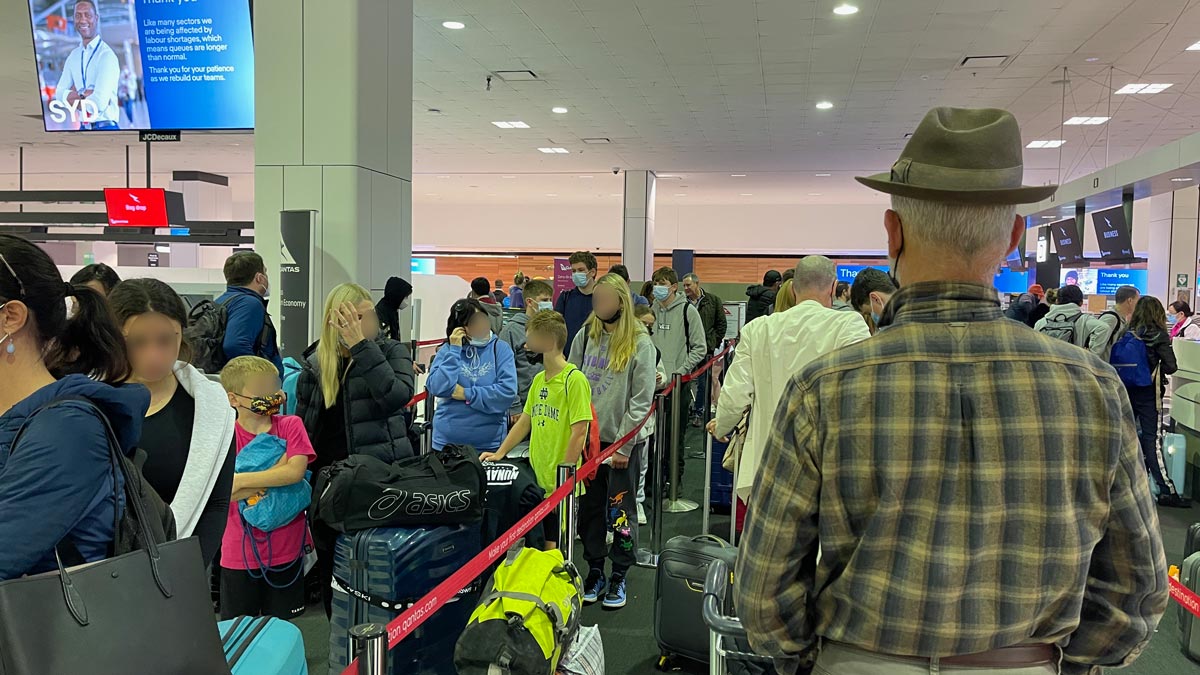
Strike! Strike! Strike!
Add to that a potential strike with workers at Dnata gaining approval for a vote on industrial action from the Fair Work Commission.
The additional 1,500 frontline workers Qantas has recruited of late and the call for some of their white collar staff to move over to operational areas for 3 to 6 months, plus the reduction of flights by 50% apparently has hardly touched the sides!
Workers Unite!
With Qantas having shed close to 50% of its workforce over the pandemic period, and the economic equivalent of full employment, its no wonder that Qantas is having a difficult time in recruiting and training. Add in near full employment and the power shifts from employer to employees.
Alan Joyce is doing everything to avert a permanent percentage pay increase for Qantas staff. He’s offered AU$3,000 bonuses to frontline staff, and larger bonuses to executives. These are one off costs, and don’t get cemented into the pay structure like a 5 or 10% pay increase does.
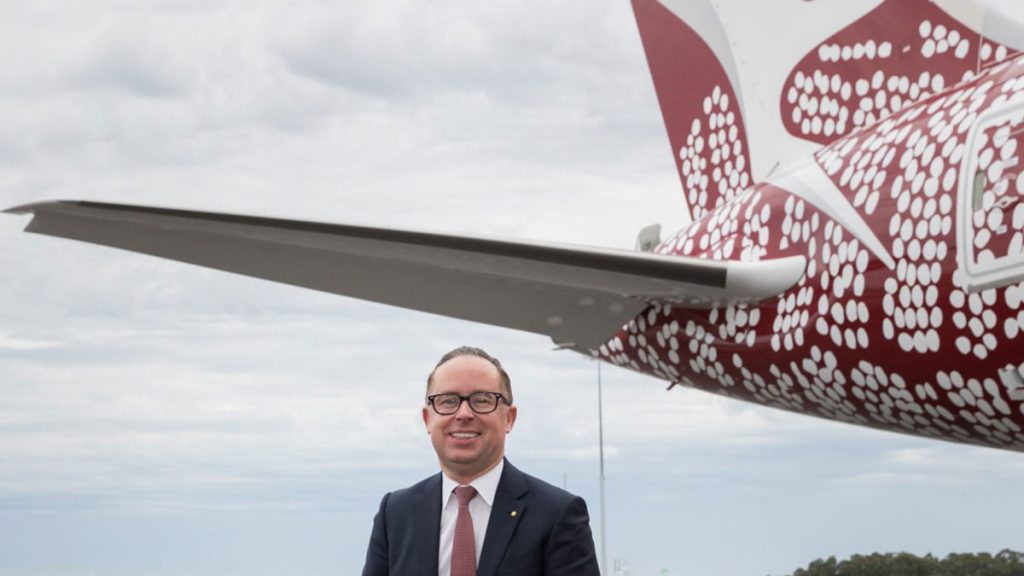
Loathing Alan Joyce
It’s very fashionable in the twitterverse and in facebook groups to spread hate and casual racism about Qantas CEO Alan Joyce. I can’t count the number of tweets that end with something similar to ‘Send Alan back to Ireland, where he came from!’ They also assert some kind of community ownership of Qantas, which isn’t true and hasn’t been true since the airline was privatised back in the 90s.
But there are consequences when your musical theme is ‘We still call Australia Home’ and the brand tagline is ‘The Spirit of Australia’. Having built that much nationalist loyalty, its no wonder that your customers feel scorned when flights are cancelled, delayed, and your luggage gets left behind or worse, lost.
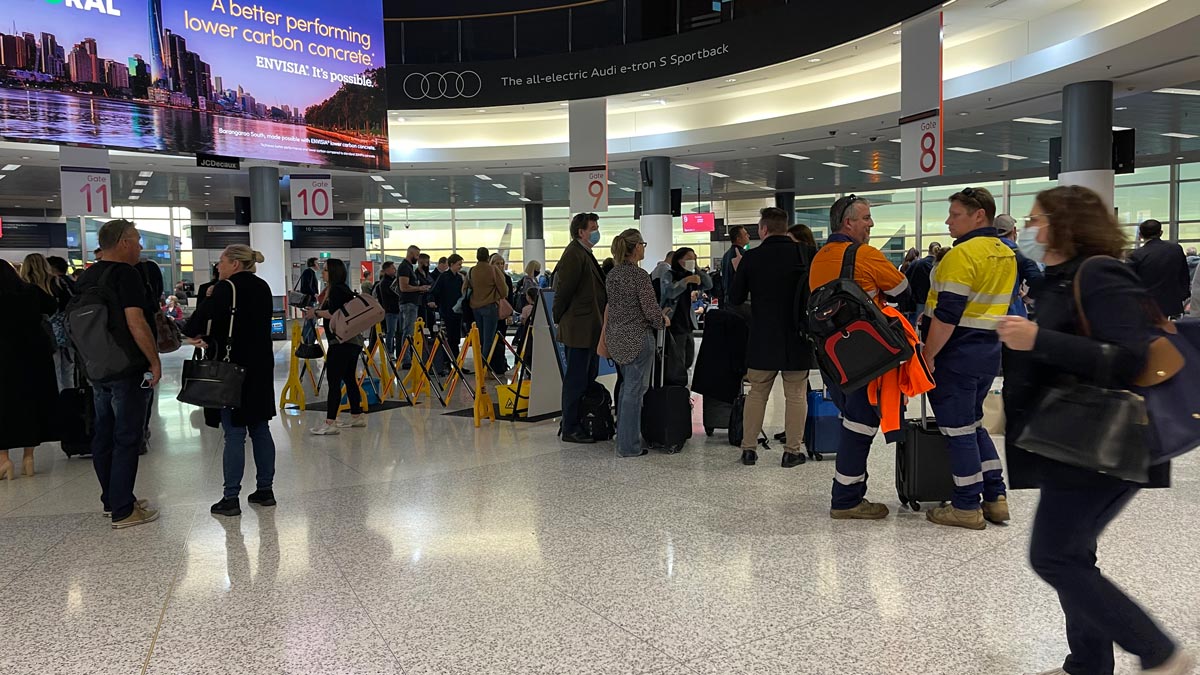
World wide problem
Although Qantas has undoubtedly mishandled the problem – so did every airline around the world that didn’t go broke during the pandemic. In trying to resume pre COVID schedules and levels of service in such a short time, the airline industry has largely failed.
And its not only the airlines. Airports and third party groundhandlers and caterers also got it wrong, completely underestimating the public’s urge to travel. Go search for stories on social media tagged #heathrow if you don’t believe me. Heathrow, one of Europe’s busiest airport had to request international airlines cut their number of flights by up to 50% because the airport just couldn’t handle that number of passengers because of staff shortages, sickness and absenteeism.
According to The Guardian, Heathrow has reduced its passenger capacity from 125,000 per day to 100,000 per day currently. That’s a 20% reduction if my maths is correct.
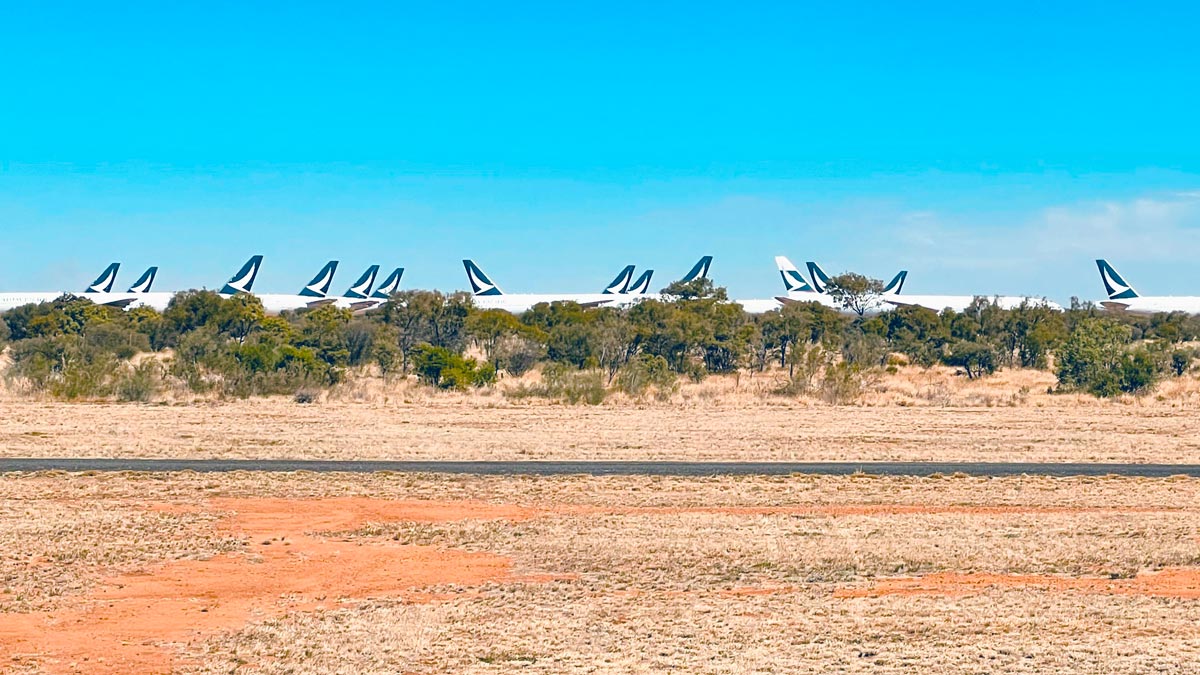
2PAXfly Takeout
This is another timely reminder to wear your seatbelt when seated. Holding you close to your seat will protect you from the sort of injuries sustained on this flight, when unsecured passengers flew to the ceiling of the aircraft, and then came crashing down once the ‘drop’ ceased.
The hope will be that this is an anomaly – a ‘freak accident’ in casual parlance. If it is a systemic error either mechanical or electronic, then this is a larger concern for the airlines that fly Boeing Dreamliner 787 aircraft. Let’s hope it isn’t. If it is, it will pile on the woes to Boeing’s existing stack.
Qantas has handled its recovery really badly, but so have almost every airline, airport, baggage handling, airline catering and any other air travel related company worldwide.
Qantas is in the public’s cross-hairs because most Australians would like to think of it as ‘their’ airline. A view that the Qantas marketing and PR team encourage. Well, its come back to bite them. And for that they do need to take responsibility.
Just remember that airines globally are expected to lose a minimum of US$314 billion due to the pandemic. In 2020 alone over 40 airlines went bankrupt or ceased operations despite in some cases massive public subsidy.
Although some were small regional airlines many were large and international. Think Avianca and LATAM in South America, or South African Airways.
Here, Virgin Australia went into administration only to be reborn with private capital. Airlines, including Qantas had to save any amount of money they could. Their operations were slashed by around 80 or 90% and despite government subsidy – unloading staff, although personally devastating, was an inevitable consequence.
Alan Joyce is (forgive the casual racism, but I am quoting a squad of twitter trolls) not an ‘evil supernatural leprechaun’. He has been a cut-throat data and maths based CEO that has brought riches to shareholders, executives, kept Qantas solvent, expanded the companies market share, and continued to keep passengers in the air, albeit delayed and without luggage sometimes. And he’s politically savvy too, maybe not as much as ex politician led Regional Express that got the lions share of public money.
Sure Joyce is an industrial hard-arse, but that is a tradition started at Qantas two decades before by previous CEO Geoff Dixon who was a great outsourcer and supporter of John Howard’s anti-worker ’Work Choices’ industrial reforms.
I understand the relief that Qantas bashing gives people who suffer the maelstrom that air travel is these days. But lets recognise it as that – venting, and who better to blame than a (former?) national icon. Lets not pretend that other airlines – including Virgin Australia, but with the possible exception of REX, have treated the public very much better.
I’m getting off my soapbox now. And this was going to be a short little article!
Disclosure: The author holds equities in Qantas and Regional Express, other airline and travel-related entities, and until recently in Sydney Airport. You can find additional details at the end of the T&C’s.
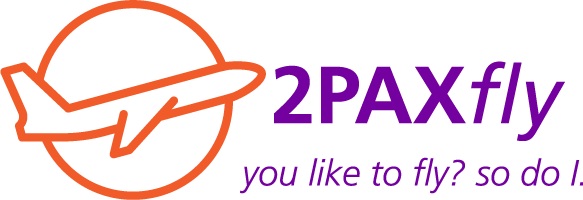
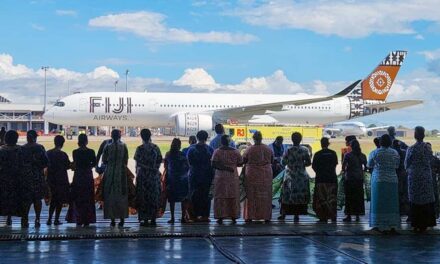
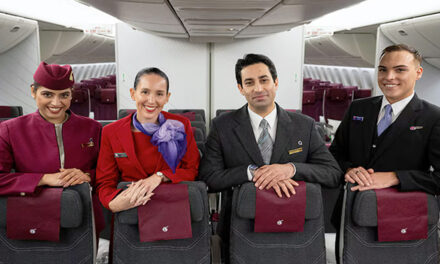


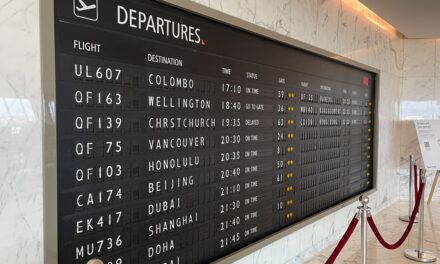
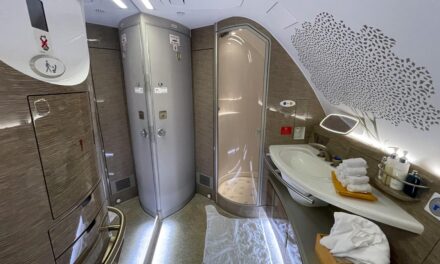

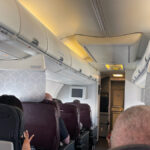


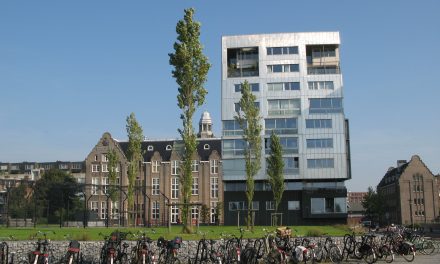
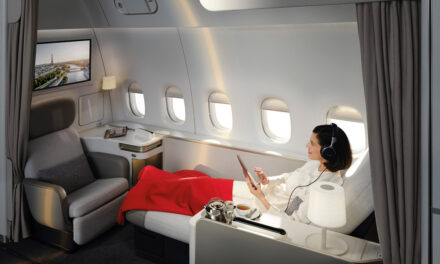
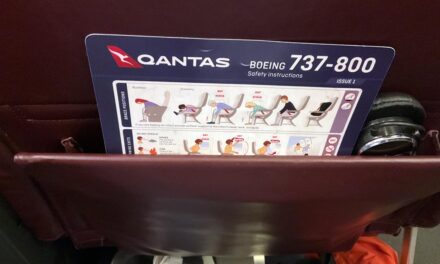
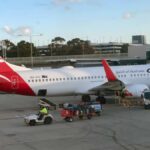

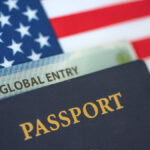
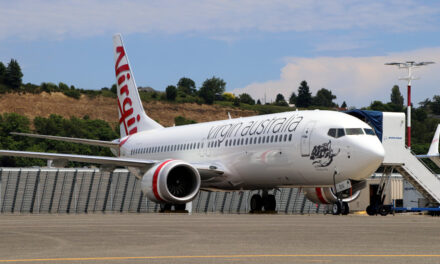
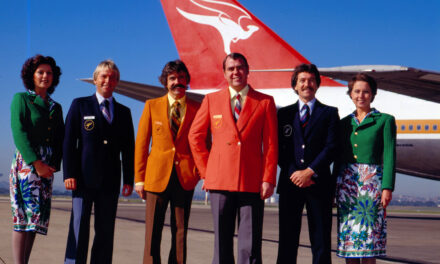
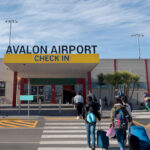



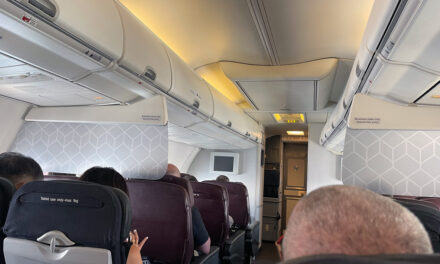



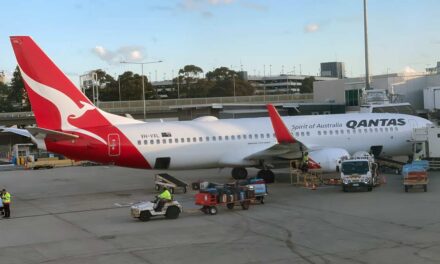
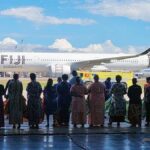
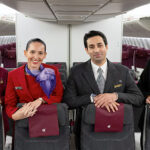
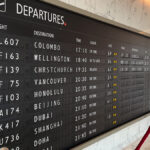

What did you say?